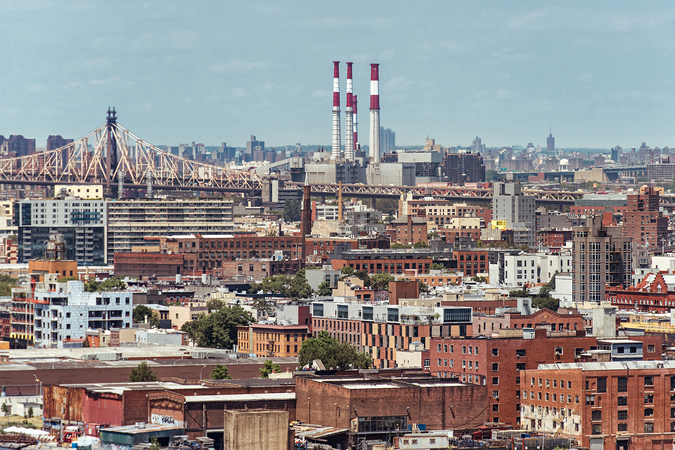The Unbalanced Trade-off between Pollution Exposure and Energy Consumption Induced by Averting Behaviors
This paper’s results imply that by targeting peak pollution periods, policies can shrink the trade-off imbalance and achieve mutual improvements in exposure reduction and energy conservation.
Abstract
Behavioral responses to environmental risks create gains and losses. We use high-frequency datasets to elucidate such behavior responses against air pollution and find a “double-peaked” time pattern in reducing outdoor exposure and in increasing electricity consumption. Despite that one standard deviation increase in the Air Quality Index induces 2% less outdoor population and 6% more household electricity consumption at peak, most responses fail to match with the intra-day pollution peaks, implying ineffective exposure avoidance. We find an unbalanced trade-off between health benefits and energy co-damages. The behavior-induced change in annual residential power consumption (+1.01% to +1.20%) is estimated to be 20 times more than that in the population-based exposure (−0.02% to −0.05%), and generates 0.13–0.15 million more metric tons of citywide carbon emissions. Our results imply that by targeting peak pollution periods, policies can shrink the trade-off imbalance and achieve mutual improvements in exposure reduction and energy conservation.
Authors

Qingran Li
Clarkson University

Yang Zhou
Clarkson University

Libo Wu
Fudan University




